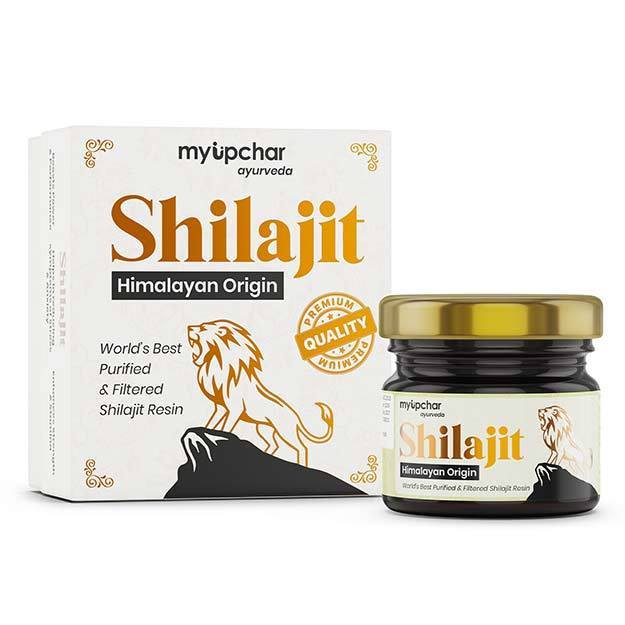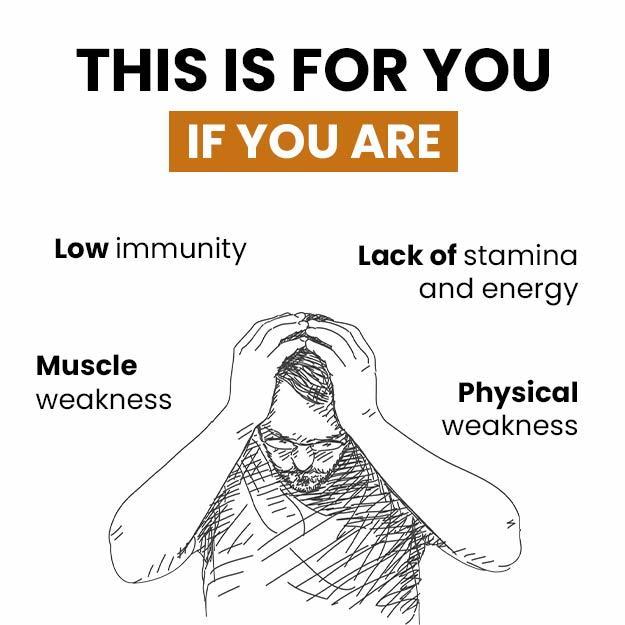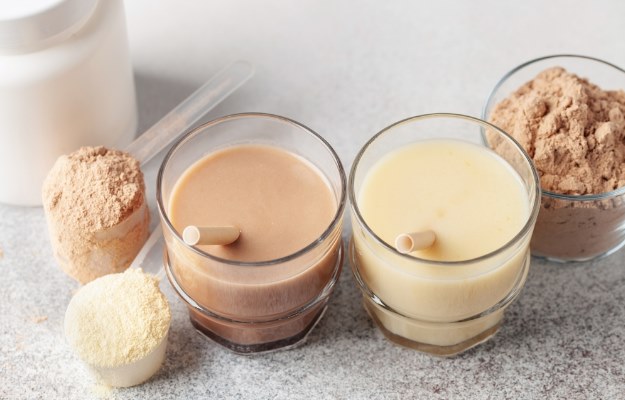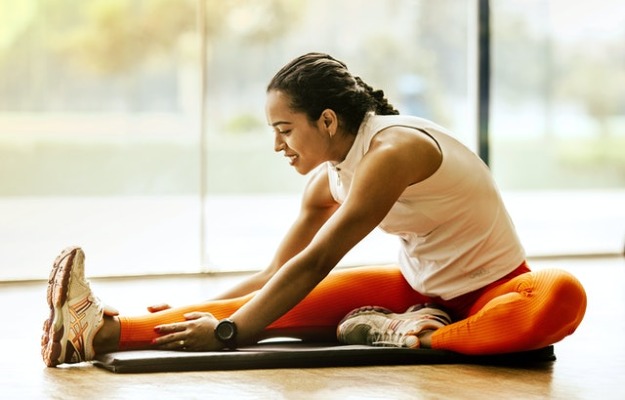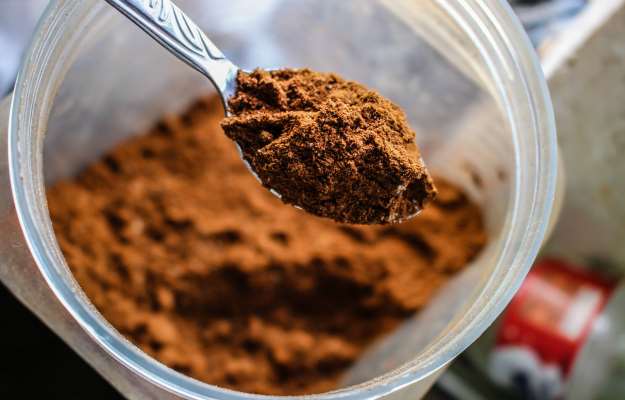Sitting at work for long hours, going through emails and messages constantly on the laptop or phone are some of the common problems affecting the posture of most people these days.
While getting up from a sitting position every half an hour is the best way to avoid chronic neck pain, back pain or shoulder pain, regular exercise is also a must for those habituated to spending hours in constricted postures.
Gym workouts help you gain muscle and strength, of course. But they are also beneficial for strengthening otherwise weaker muscles and tissues in the body. Shoulder workouts are a great way to keep niggling aches and pains away - not to mention the fact that clothes fit better on the body when you have sculpted shoulders.
Apart from staple shoulder exercises like shoulder press and lateral raises, shoulder shrugs are a great way to work on the muscles that can be at risk of injuries and chronic pain. The shrug, a movement involving lifting both the shoulders together close to the neck, is performed with the help of additional weights, making it an effective exercise to strengthen the shoulders and neck muscles.














